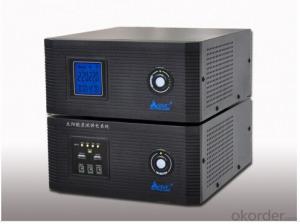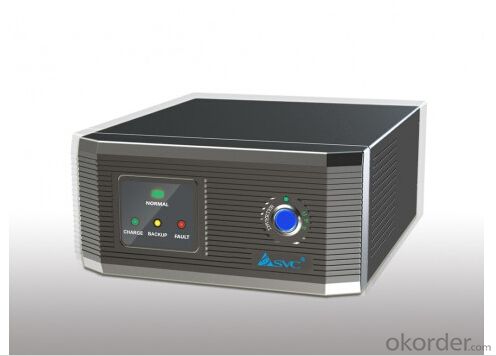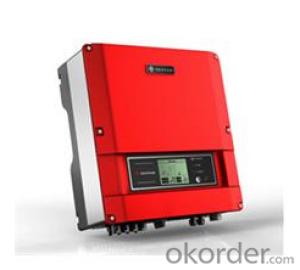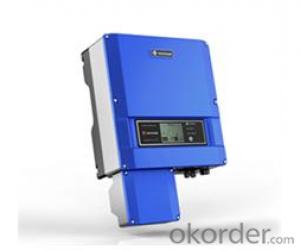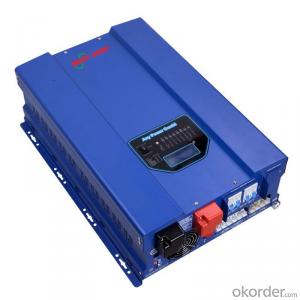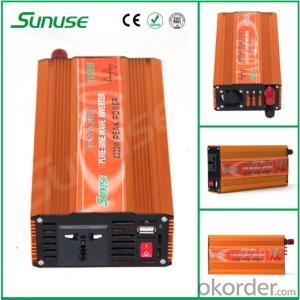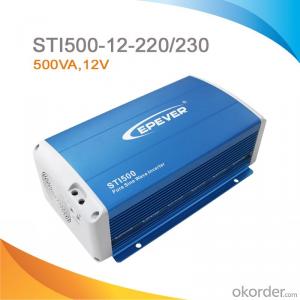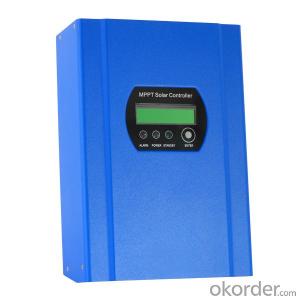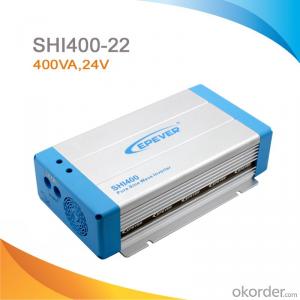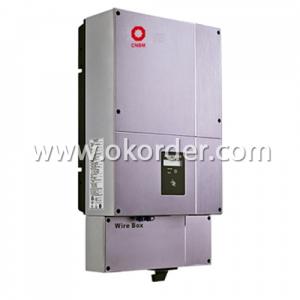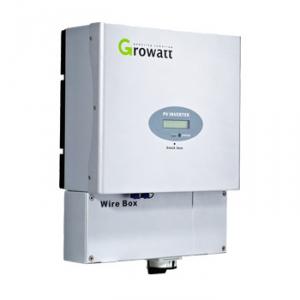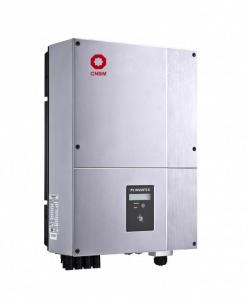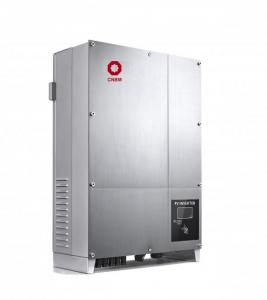Grid Tied Solar Inverter DC to AC Pure Sine Wave Inverter LED/LCD Auto Converter
- Loading Port:
- Guangzhou
- Payment Terms:
- TT OR LC
- Min Order Qty:
- 30 unit
- Supply Capability:
- 300000 unit/month
OKorder Service Pledge
OKorder Financial Service
You Might Also Like

| Model | XL-600 | XL-800 | XL-1000 | XL-1200(12V/24V) | ||
| Capacity | 600VA/500W | 800VA/640W | 1000VA/800W | 1200VA/1000W | ||
| Power factor | 0.8 | |||||
| INPUT | ||||||
| Input voltage range(Inverter mode) | 80~290VAC | |||||
| Input voltage range(UPS mode) | 175~270VAC | |||||
| OUTPUT | ||||||
| Input voltage range(Inverter mode) | 80~290VAC/Same as AC(AC mode), 220VAC±5%(Batt. Mode) | |||||
| Input voltage range(UPS mode) | 175~270VAC/Same as AC(AC mode), 220VAC±5%(Batt. Mode) | |||||
| Output frequency | 50±0.5Hz(Batt. mode) | |||||
| Output wave form | Sine wave (Batt. mode) | |||||
| Transfer time | Max.10ms | |||||
| BATTERY | ||||||
| Battery voltage | DC12V | DC12V/24V | ||||
| Charging current | 12A | 12A | 15A | 15A | ||
| PHYSITAL | ||||||
| (kg) / Net weight (kg) | 7.6 | 8.5 | 10.8 | 12.5 | ||
| (mm) / Unit dimention (mm) | 290*255*120 | |||||
| ENVIRONMENT | ||||||
| Environment of performance | Temperature 0℃~40℃, Humidity 20%~90% | |||||
| Noise level | Less than 40dB | |||||
| MANAGEMENT | ||||||
| RJ45/11 & USB | No | |||||

1. Wide range of input voltage
The UPS can offer normal and stable service voltage under its input voltage range. When the input voltage is out of its range the machine will switch to battery mode automatically to keep the output power in order to protect the equipment, such as computers, ensure they will not be damaged by the over high or over low voltage, users can continue the operation of equipment for a while or save the data on computers while the power network is abnormal.
2. Wide range of AVR(Automatic voltage regulation)
In the product’s input voltage range and under 3 steps of intelligent AVR function, it can provide a stable output voltage.
3. Automatic self detection when UPS on(LED).
Before the UPS on, red, yellow, blue LED will light up two times by cycle turns, after self detection UPS switch to AC mode/battery mode or working mode.
4. Silence function
In the "battery mode", shortly press the switch to turn off the buzzer. But the battery is about to run out or the load is too heavy, the buzzer sound cannot be muted.
5. Overload protection
In the battery mode, output voltage turn down correspondingly when it is overload, after the capacity of load is lower than the rated power then output voltage will back to rated value, it ensures the UPS will not shut down by abrupt overload which caused by surging current during the computer is working and other equipment is added.
6. Short circuit protection
When the mis-operation caused the load short circuit or computer failure (such as power tube breakdown of switch) cause short circuit, the UPS will shutdown automatically for protection.
7. The low current switch
This UPS adopts low current switch to extend the service life which is longer than conventional battery and high current switch in AC current path.
8. Automatic charging
There are two charging mode, charging time is faster than ordinary charging mode, higher efficiency, and greatly prolonging the service life of the battery.
9. With a bypass output
Independent bypass output socket for external printers or scanners of computer peripherals, with surge protection of the load.
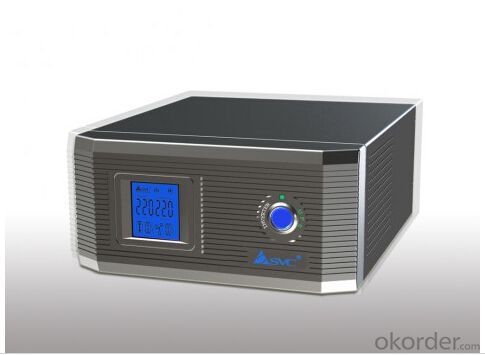
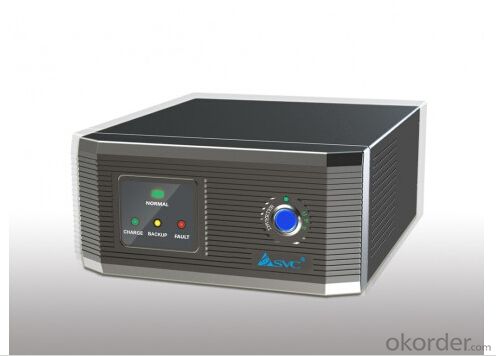
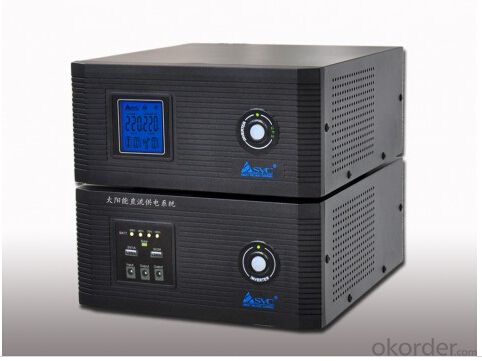
FAQ
1. How fast will my system respond to a power outage?
Our solar inverters typically transfer to battery power in less than 16 milliseconds (less than 1/50th of a second).
2. What kind of batteries do the systems include?
Our solar backup electric systems use special high-quality electric storage batteries.
3. How do I install my system?
A solar backup inverter is connected to a home electric system , we will supply detailed installation manual and videos for our customers .
- Q: Is it possible to monitor the performance of a solar inverter remotely?
- Yes, it is possible to monitor the performance of a solar inverter remotely. With the advancements in technology, solar inverters can be equipped with monitoring systems that allow users to monitor their performance, including energy production, efficiency, and any potential issues, through online platforms or mobile applications. Remote monitoring enables users to keep track of their solar energy system's performance and make informed decisions for maintenance or troubleshooting, even when they are not physically present at the installation site.
- Q: Installation and maintenance of photovoltaic grid - connected inverter
- only when the local power sector permission by the professional and technical personnel to complete all the electrical connection before the inverter can be connected.
- Q: Can a solar inverter be used in mobile or portable solar systems?
- Yes, a solar inverter can be used in mobile or portable solar systems. In fact, they are essential components of such systems as they convert the DC power generated by solar panels into AC power that can be used to power various devices and appliances. Portable solar systems often include built-in inverters to enable convenient and efficient use of solar energy on the go.
- Q: How do you calculate the power output of a solar inverter?
- To calculate the power output of a solar inverter, you need to multiply the DC input voltage by the DC input current to determine the input power. Then, subtract the inverter's efficiency percentage from 100, divide the input power by this efficiency factor, and you will obtain the power output of the solar inverter.
- Q: Can a solar inverter be used with a ground-mounted solar array?
- Yes, a solar inverter can be used with a ground-mounted solar array. In fact, ground-mounted solar arrays are commonly used with solar inverters to convert the direct current (DC) generated by the solar panels into alternating current (AC) that can be used to power homes and buildings.
- Q: Can a solar inverter be used with different types of power control devices?
- Yes, a solar inverter can be used with different types of power control devices. Solar inverters are designed to convert the direct current (DC) generated by solar panels into alternating current (AC) that can be used to power household appliances and other electrical devices. They can be integrated with various power control devices such as charge controllers, battery banks, and grid-tie systems to optimize the energy output and manage the flow of electricity efficiently.
- Q: How does a hybrid solar inverter work?
- A hybrid solar inverter works by converting the direct current (DC) electricity generated by solar panels into alternating current (AC) electricity that can be used to power household appliances or fed back into the grid. It also has the capability to store excess solar energy in batteries for later use, ensuring continuous power supply even during periods of low sunlight or power outages. This enables users to maximize their solar energy utilization and reduce dependence on the grid.
- Q: What is the power factor of a solar inverter?
- The power factor of a solar inverter is a measure of how effectively it converts the DC power generated by solar panels into AC power that can be used by electrical devices. A high power factor indicates efficient conversion, while a low power factor signifies energy losses.
- Q: What are the key factors affecting the efficiency of a solar inverter?
- The key factors affecting the efficiency of a solar inverter include the quality and design of the components used, the temperature at which the inverter operates, the type and condition of the solar panels connected to it, the efficiency of the conversion process from DC to AC power, and the overall system design and installation.
- Q: What is the role of a solar inverter in a solar-powered telecommunications system?
- The role of a solar inverter in a solar-powered telecommunications system is to convert the direct current (DC) produced by the solar panels into alternating current (AC) that can be used to power the telecommunications equipment. It also ensures that the AC power is stable and at the necessary voltage and frequency for the proper functioning of the system.
Send your message to us
Grid Tied Solar Inverter DC to AC Pure Sine Wave Inverter LED/LCD Auto Converter
- Loading Port:
- Guangzhou
- Payment Terms:
- TT OR LC
- Min Order Qty:
- 30 unit
- Supply Capability:
- 300000 unit/month
OKorder Service Pledge
OKorder Financial Service
Similar products
Hot products
Hot Searches
Related keywords
